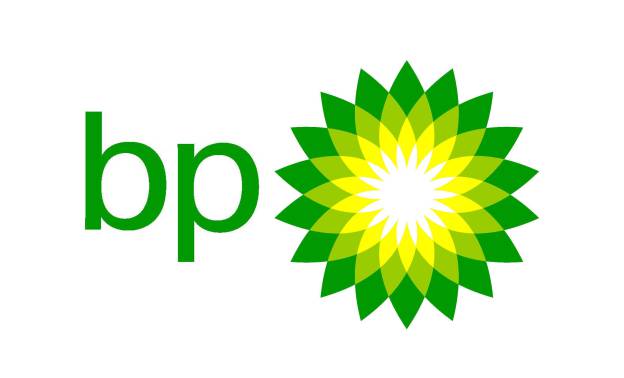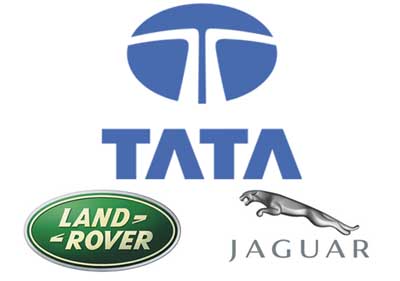The following is a brief description of the two companies: Hewlett-Packard (HP) It all began in the year 1938 when two electrical engineering graduates from Stanford University called William Hewlett and David Packard started their business in a garage in Palo Alto. In a year’s time, the partnership called Hewlett-Packard was made and by the year 1947, HP was incorporated. The company has been prospering ever since as its profits grew from five and half million dollars in 1951 to about 3 billion dollars in 1981. The pace of growth knew no bounds as HP’s net revenue went up to 42 billion dollars in 1997. Starting with manufacturing audio oscillators, the company made its first computer in the year 1966 Continue reading
Business Analysis Case
Case Study: Business Strategy Analysis of Wal-Mart
Sam Walton, a leader with an innovative vision, started his own company and made it into the leader in discount retailing that it is today. Through his savvy, and sometimes unusual, business practices, he and his associates led the company forward for thirty years. Today, four years after his death, the company is still growing steadily. Wal-Mart executives continue to rely on many of the traditional goals and philosophies that Sam’s legacy left behind, while simultaneously keeping one step ahead of the ever-changing technology and methods of today’s fast-paced business environment. The organization has faced, and is still facing, a significant amount of controversy over several different issues; however, none of these have done much more than scrape the exterior Continue reading
Case Study: Analysis of Performance Management at British Petroleum
British Petroleum (BP plc) is a multinational oil company headquartered in London, United Kingdom. They’re the third largest oil company in the world, and the fourth largest company worldwide measured by revenues. Employing over 78,000 workers around the world, BP’s Human Resources play a very important role in the company achieving success. BP recognized this and in 2010, BP’s executive team agreed a high-level philosophy covering their required practices of performance management as well as a set of guiding principles for rewards, in order to monitor performance and best motivate employees to reach objectives. In hope of achieving individual success as well as team success. Performance Management is a process which enhances the effective management of individuals and teams to Continue reading
Corporate Restructuring Exercises by Procter & Gamble (P&G)
The case discusses the ‘Organization 2005’ program; a six-year long organizational restructuring exercise conducted by the US based Procter & Gamble (P&G), global leader in the fast moving consumer goods industry. The case examines in detail, the important elements of the restructuring program including changing the organizational structure, standardizing the work processes and revamping the corporate culture. The case elaborates on the mistakes committed by Durk Jager, the erstwhile CEO of P&G and examines the reasons as to why Organization 2005 program did not deliver the desired results. Finally, the case discusses how Alan George Lafley, the new CEO, accelerated the initiatives under the Organization 2005 program and revived P&G’s financial performance. Issues Gain insight into the common causes that Continue reading
Case study: Tata Motor’s Acquisition of Jaguar and Land Rover
Tata Motors is the largest multi-holding automobile company in India and it is the fourth largest truck producer in the world. In addition, Tata Motors is also the second largest bus producer in the world, with the revenues of US$ 8.8 billion in the financial year 2008. Since its establishment in 1945, Tata Motors has grown significantly in the past 60years with the strategies of joint venture, acquisition and launched new products in different market segments (i.e. passenger cars, commercial vehicles and utility vehicles). A significant breakthrough for Tata was the development and commercialization of the truly Indian cars and they are Tata Indica (1998) and Tata Indigo (2002). Tata Motors has experienced many joint ventures with Daimler Benz, Cummis Continue reading
Case Study: Failure of Vodafone in Japan
Vodafone Group plc is a British multinational mobile network operator, its main headquarter is in Newbury, England. It is the world’s largest mobile telecommunication network company, based on revenue, its market value on the UK stock exchange is about £80.2 billion as of August 2010, making it Britain’s third largest company. It is currently operating in 31 countries and has partner networks in a further 40 countries. In 2001 Vodafone announced to get into Japanese market with acquiring AT&T’s 10% economic interest in Japan Telecom Co., Ltd. (“Japan Telecom”) for a cash consideration of US$1.35 billion ( £0.93 billion). Japan Telecom was one of Japan’s leading telecommunications companies and parent of the fast growing mobile network, J-Phone Communications Co., Ltd., Continue reading




